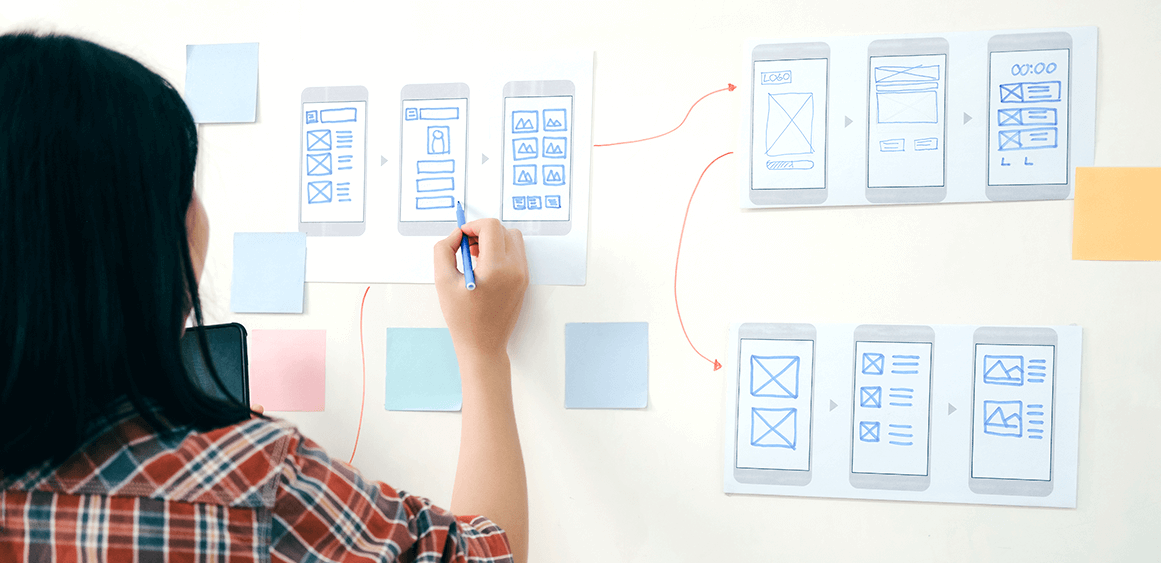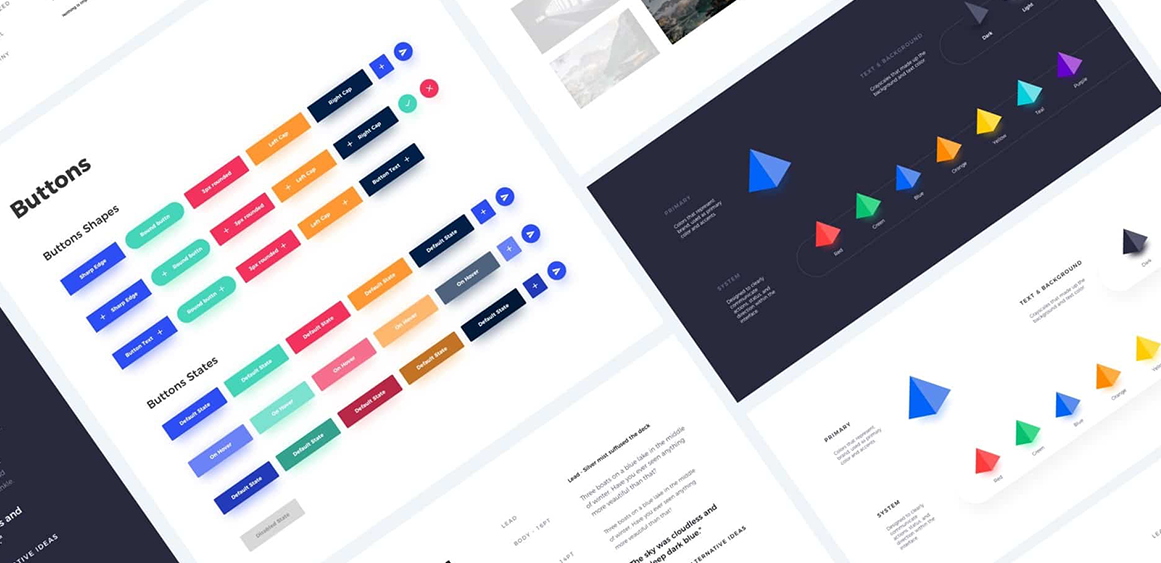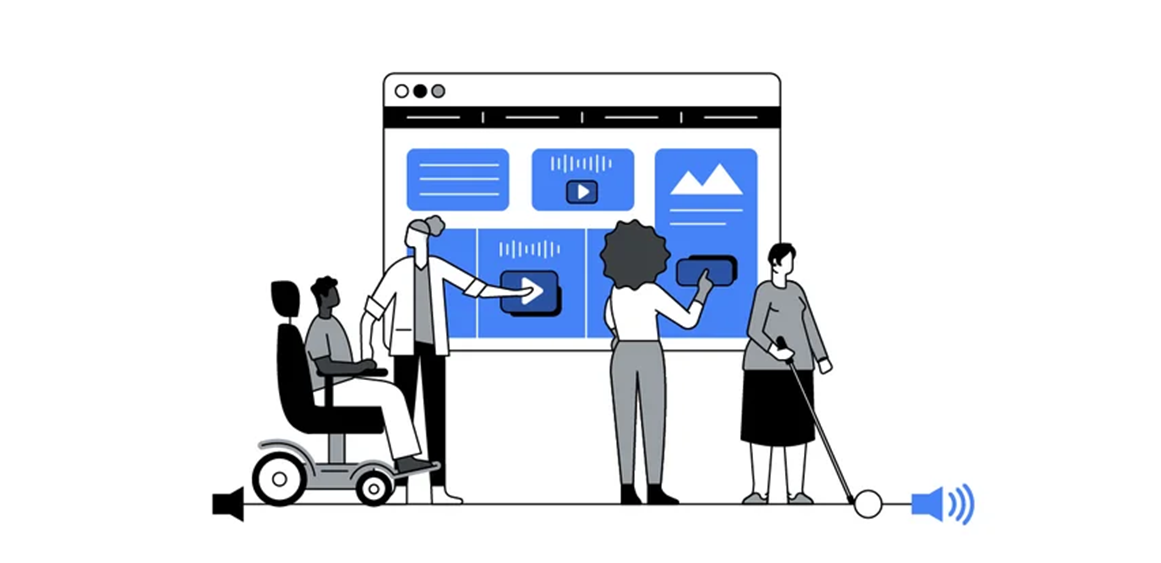Introduction

In today’s digital era, the user experience (UX) and user interface (UI) have become central to the success of any digital product. With users accessing applications and websites on a multitude of devices – from smartphones and tablets to desktop computers – ensuring a consistent and adaptable UX/UI design is paramount. In this blog, we will explore the challenges of multi-platform UI/UX design and the strategies that Fineart Design Agency employs to overcome them.
The Importance of Consistency
Consistency is the cornerstone of an effective multi-platform UI/UX design. It ensures that users can seamlessly transition between different platforms and still find your product intuitive and familiar. Inconsistencies in design can lead to confusion, frustration, and ultimately, users abandoning your platform. At Fineart Design Agency, we understand the significance of consistency across platforms and strive to deliver designs that create a unified and dependable experience for users.
Adapting to Diverse Platforms
Each platform, whether it’s a web application, mobile app, or desktop software, comes with its unique set of characteristics. These differences, such as varying screen sizes and interaction models, pose challenges for designers. Our team of experts excels in understanding the intricacies of each platform and tailors the design to provide the best possible experience for users.
Strategy 1: Design Systems and Style Guides

One of the fundamental strategies we employ is the development of design systems and style guides. These resources serve as a solid foundation for achieving design consistency. By implementing reusable UI components and maintaining a centralized style guide, our designers ensure that every element of your product adheres to a uniform design language, regardless of the platform. This not only streamlines the design process but also enhances the overall user experience.
Strategy 2: Responsive Design and Fluid Layouts

With a plethora of screen sizes and resolutions, responsive design is crucial. Our team specializes in creating layouts that adapt seamlessly to different screen sizes. Techniques like fluid layouts and responsive grids are employed to ensure that your product looks and functions impeccably on any device. This approach guarantees that users have a consistent and visually appealing experience, whether they’re on a smartphone or a desktop computer.
Strategy 3: User-Centered Design

At Fineart Design Agency, we firmly believe that user needs and expectations should guide our design process. This strategy involves conducting extensive user research across platforms to understand the unique preferences and behaviors of your audience. By building user personas for targeted design, we ensure that the UI/UX aligns perfectly with what your users desire, resulting in a more engaging and user-friendly product.
Strategy 4: Cross-Platform Testing

Comprehensive testing is another crucial strategy we employ to ensure UI/UX consistency. Testing your product across various platforms and devices helps identify potential issues and allows for fine-tuning. Our team utilizes a range of tools and techniques for cross-platform testing, including emulators and real devices, to guarantee that your product functions seamlessly across the board.
Strategy 5: Accessibility Across Platforms

Inclusivity and accessibility are non-negotiable in today’s design landscape. At Fineart Design Agency, we pay special attention to ensuring that your UI is accessible to all users, regardless of the platform they’re using. We adhere to accessibility guidelines and implement features that make your product usable by people with disabilities. This commitment to inclusivity not only helps you meet legal requirements but also expands your user base.
Strategy 6: Platform-Specific Optimization
While consistency is essential, it’s also important to leverage the unique strengths of each platform. Our designers excel at tailoring the UI/UX to capitalize on these strengths. Whether it’s designing for mobile apps, websites, or desktop software, we ensure that your product not only functions well but also takes full advantage of the capabilities offered by each platform. This approach enhances the user experience and sets your product apart.
The Role of Prototyping and User Feedback
Creating prototypes is a central part of our design process. Prototypes provide a tangible way to visualize the user experience, allowing for early testing and feedback. We involve users in the design process, gathering their input and preferences. This iterative approach ensures that the final product is well-aligned with user expectations and provides an outstanding experience on all platforms.
Challenges and Pitfalls to Avoid
In the realm of multi-platform UI/UX design, there are common challenges and pitfalls to be aware of. Our team has encountered and conquered many of these issues, and we share our insights on how to overcome them. By learning from these challenges, you can navigate your design projects more effectively and avoid potential roadblocks.
The Future of Multi-Platform UI/UX Design
- Cross-Platform Development Frameworks: Discuss the rise of cross-platform development frameworks that streamline the development process for multiple platforms.
- Progressive Web Apps (PWAs): Explore the concept of PWAs, web applications that provide app-like experiences, even offline.
- Voice User Interfaces (VUIs): Delve into the growing importance of VUIs and the design challenges and opportunities they present.
- Augmented Reality (AR) and Virtual Reality (VR): Discuss how AR and VR technologies are transforming UI/UX design.
- Adaptive and Contextual Design: Explain the trend of designing adaptively based on user context and preferences.
- Inclusive Design and Accessibility: Detail the growing focus on inclusivity and sustainability in design.
- Data Privacy and Security: Discuss the importance of safeguarding user data and privacy in UI/UX design.
Conclusion
In conclusion, multi-platform UI/UX design is a complex but essential aspect of digital product development. Fineart Design Agency excels in meeting these challenges with a range of strategies focused on consistency, adaptability, and user-centered design. By partnering with us, you can navigate the complexities of multi-platform design and deliver exceptional user experiences, regardless of the platform. We believe that the ongoing evolution of UI/UX design is an exciting journey, and we are here to guide you through it.



